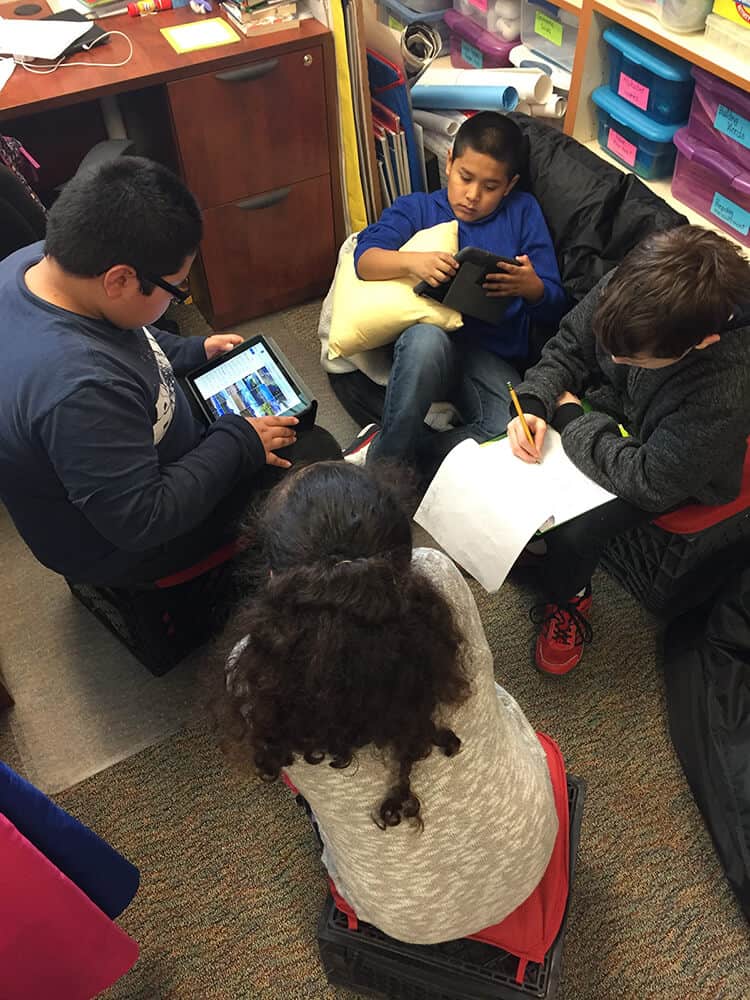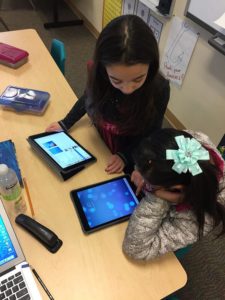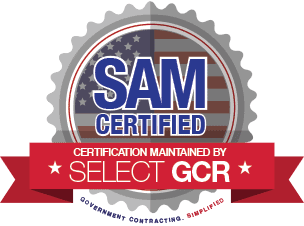Customer Success Story
Wilder School District Transforms Its Schools Into 21st Century Personalized Learning Environments
Wilder School District (Wilder), located in rural Southwest Idaho, serves approximately 486 students, 93 percent of whom are low income. Wilder is unique in that it serves a very mobile community—30 percent of its student population turns over yearly. Because of that high turnover rate, Wilder Superintendent Jeff Dillon has made it his mission to serve the individual needs of every student and provide them with the best opportunities available.
One of Superintendent Dillon’s principle goals was to put devices in the hands of every Wilder student and leverage that technology to personalize their learning. Wilder has limited financial resources at its disposal, but Superintendent Dillon is determined to provide his students with the same learning tools available to those students residing in more affluent communities. When Apple announced its ConnectED program in 2014, Superintendent Dillon jumped at the opportunity to partner with the company. Because of the groundwork and planning Wilder already had in place to support a one-to-one (1:1) learning environment, the district was one of 114 schools in the nation selected by Apple to participate in its initiative. As part of Apple’s program, Wilder received iPads for every student and faculty member, professional development training, and significant infrastructure upgrades, including the deployment of ENA Air, ENA’s managed Wi-Fi service.
A Strong Foundation for 21st Century Learning
Building an enterprise-grade infrastructure that effectively supports mobile learning was one of Superintendent Dillon’s top priorities. “When we first started this process, I thought we had a good infrastructure in place,” says Superintendent Dillon. “It wasn’t until we had an engineer from ENA come in here and assess our system and connectivity that I realized how much we needed to improve our infrastructure. If your district is considering moving to 1:1 environments, I strongly encourage you to have an engineer perform an onsite network assessment—it’s an absolute must. You need to know what your system is capable of handling when all your students are on their devices at once. If your students are experiencing buffering issues or delays, you will lose engagement. ENA’s engineers did an excellent job of assessing our wireless infrastructure and designing a scalable Wi-Fi network that meets our coverage and capacity needs. They performed a stress test to ensure our students can all experience 21st century digital learning simultaneously without any connection issues.”
Building Teacher Confidence in Technology
A robust and reliable infrastructure not only keeps students engaged but also instills confidence within teachers. Teachers won’t use technology in their classrooms if they are nervous that it will fail. They don’t have time to create two lesson plans—one if the technology works, one if it doesn’t. Wilder has garnered the support and confidence of its teaching staff by providing them with reliable and seamless Wi-Fi access that enhances, rather than hinders, instruction. Wilder’s teachers are not afraid to integrate new technology platforms into their instruction because they know they will work.

Integrating online assessment into the curriculum, for example, is one area where Wilder hasn’t struggled. First, the district’s new infrastructure provides Wilder’s teachers with the connectivity they need to facilitate online assessments without issues. Second, the digital resources Wilder’s teachers are using provide them with daily progress reports for each student. As a result, the district is no longer as focused on administering quarterly assessments because the teachers already know how well their students are performing daily. This has created a much more relaxed and supportive learning culture for Wilder’s students and teachers, as they are not constantly worried about quizzes or tests.
Student-centered instruction remains Wilder’s principal focus. The device doesn’t replace what the teachers are doing; instead, it enhances their instruction. The devices and robust Internet connectivity have provided Wilder’s students with the opportunity to become creators of information rather than consumers. The district now has access points in every classroom, hallway, gymnasium, office, and library, enabling Wilder’s students to engage in anytime/anywhere learning.
Connecting the Community

Closing the digital equity gap among his students is very important to Superintendent Dillon. Sixty percent of Wilder’s students do not have home Internet access. To bridge the divide, Wilder partnered with Sprint to deliver free data connectivity to its students outside of school. Every student iPad has full service and is CIPA compliant, enabling students to take their devices home and use them to enhance their learning.
This accessibility to anytime/anywhere learning took on a new meaning for two Wilder students who had to miss several weeks of school due to an accident. The siblings used their district-issued iPads to connect to their classes from the hospital and their home. The technology enabled them to successfully keep up with their coursework.
A Strong, Unified Vision
Superintendent Dillon and his team have crafted a unified vision that is shared by the entire Wilder community: students will graduate confident and prepared for post-secondary pursuits and responsible citizenship.
This vision is the driver behind all the district’s initiatives, and it is the catalyst for garnering support among Wilder’s parents, teachers, and educational leaders. “You need to have a firm focus on where you want to go with a school or a district, and you can’t let anything slow you down,” says Superintendent Dillon. “When I’m in the planning process, I keep it simple and to the point. We need to make sure our vision becomes part of our DNA. The planning will come, but you must get the vision in place, and you must be passionate about it. You must talk about it in every board meeting and in every conversation you have with teachers, parents, and stakeholders. For us, it’s imperative that every student has the opportunity to be engaged every minute of the day. How do we do that? We do it through technology. What kind of technology do we need? We need whatever best meets the needs of our kids. Our planning approach is centered around a targeted vision that says, ‘This is where we are going, this is why, and now everyone needs to get on board.’ From there, we get stakeholders and parents involved; we get community members to come in and talk about it; we talk to the media; we create a synergy around our planning process.”
Engaging parents and stakeholders in these critical conversations has proven effective for Wilder. The education landscape is very different from what it was 15 or 20 years ago, and many parents often do not have a clear understanding of how technology can be leveraged to enhance instruction. By including them in the conversation and discussing topics like differentiated instruction, personalized learning, and mastery-based learning approaches, they gain a greater understanding of the district’s vision and purpose.
Seeing the Results
Although it’s still too early to point to any direct data, the anecdotal evidence clearly indicates that Wilder’s formula for success is working. Wilder’s teachers are happier. The “aha!” moments are happening on an almost daily basis, and Wilder’s student engagement is entering a new realm for the district. The students are thinking outside the box and are seeking to become creators of information. They love using programs like iMovie to demonstrate their understanding of a math concept or creating a Keynote presentation about a topic.
Superintendent Dillon is amazed at what his students have accomplished in just a few short months. “What we are seeing in our elementary schools is blowing us away,” says Superintendent Dillon. “Our kindergarten teachers wanted every student to use their iPad to create a Keynote presentation for their parents that demonstrated what they’d learned in kindergarten over the course of the year.

During the graduation ceremony, every parent came in and sat down with their child as they went through the presentation with them. These are kids that came in with almost zero knowledge or understanding of the alphabet or numbers at the beginning of the school year. We had one student who turned to his teacher while he was making his presentation and said, ‘This makes me feel so smart.’ It was a phenomenal experience.”
There Is No “I” in Team
Partnerships have played a key role in helping Wilder establish digital equity among its students. Although Wilder had a strategic plan in place to purchase devices before the Apple program, the district’s partnership with Apple instantly transformed its learning environments in unimaginable ways. Strategic partnerships have provided the school district with the infrastructure and connectivity needed to deliver 21st century learning opportunities to its students. Superintendent Dillon is proactive in his efforts to garner new partnerships to further enhance the district’s learning environments.
“We are going to partner with whoever we need to partner with if it meets the needs of our kids,” says Superintendent Dillon. “As a district leader, you must get involved and tell your story. I’m amazed at the partnerships we’ve created just from talking about our district on a national scale. We identify our needs and find individuals who can help.”
One such need that the district has targeted is the ability to provide Wilder’s students with more personalized learning opportunities that prepare them for college and career. To help them meet this goal, Wilder is fostering relationships with local professionals and industry leaders. They recently established a partnership with a retired software engineer who now visits Wilder one day a week to work with students interested in computer programming.
Wilder is seeking to personalize learning for every student, and it is leveraging public and private partnerships to accomplish this goal. The progressive steps they’ve taken toward establishing digital equity and closing achievement gaps are transforming an entire community of learners. Because of the forward-thinking actions of this rural school district, students residing in this small Idaho town now have access to the same (or even more) enhanced 21st century learning opportunities than those students attending schools in larger, more metropolitan areas of the country.

